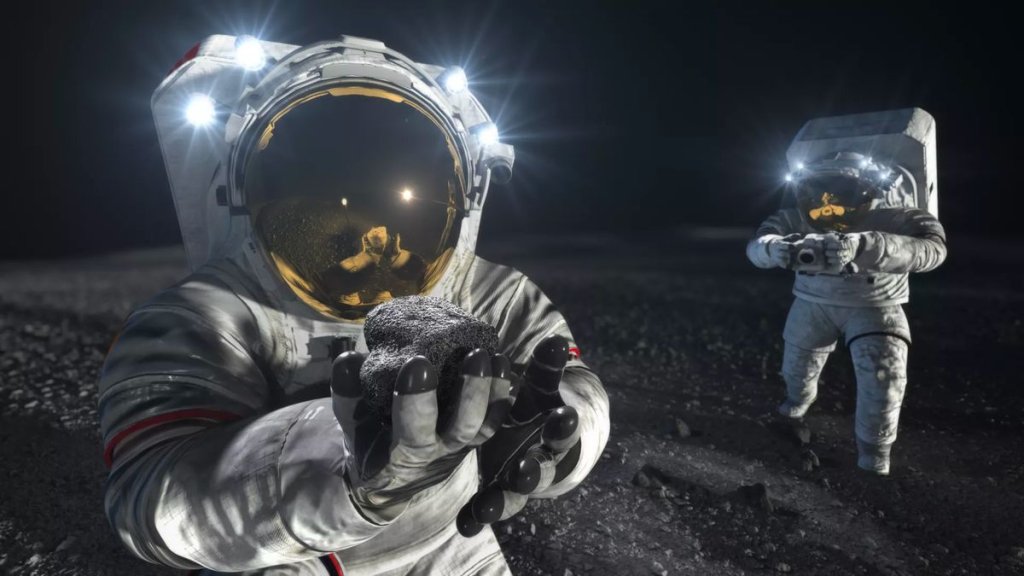
White House directs NASA to create a new time zone for the moon (Image Credit: Space.com)
The White House has tasked NASA with creating a new time zone for the moon by the end of 2026, as part of the United States’ broader goal to establish international norms in space.
The direction to set up a lunar time zone comes amid growing global interest for humanity to establish a long-term presence on the moon in the coming years — a chief priority of NASA’s Artemis program.
The new lunar standard, called “Coordinated Lunar Time (LTC),” is part of a broader effort to “establish time standards at and around celestial bodies other than Earth,” according to an April 2 memo by the White House Office of Science and Technology Policy (OSTP). It was not immediately clear whether the moon would have multiple time zones, as Earth does.
Related: The moon: Everything you need to know about Earth’s companion
“U.S. leadership in defining a suitable standard — one that achieves the accuracy and resilience required for operating in the challenging lunar environment — will benefit all spacefaring nations,” the memo stated.
Because there is lower gravity on the moon than on Earth, time there moves slightly faster — 58.7 microseconds faster every day. Though minuscule, that difference would make it harder for the growing number of future missions to communicate with each other and for mission control to accurately track satellite and crew positions, among other issues.
“As NASA, private companies and space agencies around the world launch missions to the moon, Mars and beyond, it’s important that we establish celestial time standards for safety and accuracy,” Steve Welby, the OSTP deputy director for national security, said in a statement.
On Earth, time is measured by numerous atomic clocks placed in various locations around our planet. A similar ensemble of atomic clocks on the moon itself may be used for lunar timekeeping.
“An atomic clock on the moon will tick at a different rate than a clock on Earth,” Kevin Coggins, manager of NASA’s Space Communications and Navigation Program, told the Guardian. “It makes sense that when you go to another body, like the moon or Mars, that each one gets its own heartbeat.”
In space, there are a couple of different ways in which space agencies keep time. Astronauts aboard the International Space Station, which is in low Earth orbit, follow Coordinated Universal Time (UTC). For spacecraft elsewhere, NASA uses “Spacecraft Event Time” to catalog key mission events, like science observations or engine burns.
To establish LTC on the moon, the space agency told NPR that “subject matter experts throughout the international community are discussing an approach to provide recommendations to the International Astronomical Union for lunar reference frame and time systems.”
NASA’s Artemis program currently plans to send humans to the moon no sooner than September 2026, three months prior to the deadline to establish LTC. China previously announced a lunar crewed mission before the end of this decade and India by 2040.








